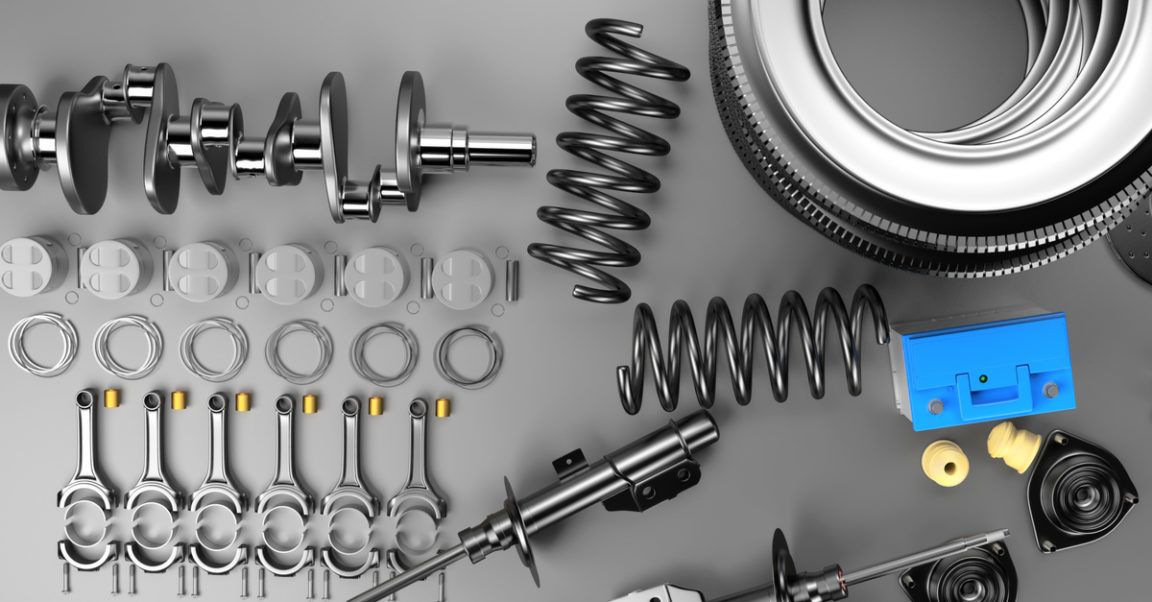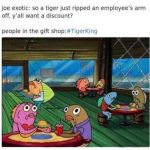The nature of aftermarket part availability is heavily affected by the vehicle manufacturers carpark, if the carpark is relatively low (not many vehicles on the road) the cost for an alternative brand to enter the market is relatively high with a low opportunity for sales, therefore not an attractive market for aftermarket brands. On the other hand, vehicles with a high carpark are an attractive business for aftermarket brands to get their share of the pie and outprice genuine. Some manufacturers like Renault, only have a carpark of 60,000 vehicles in Australia nationally, and currently, the brand is in the honeymoon phase as there are no entrants trying to enter Australia.
When it comes to servicing vehicles, customers have the choice to service at a genuine repair centre from their originating dealership or service aftermarket at the independent aftermarket mechanic (IAM) such as Ultra Tune, Bob Janes. Servicing aftermarket is a big challenge for manufacturers as its missed out revenue for both Head Office in terms of selling parts and the dealership in terms of labour hours sold, it can also impact on repurchase opportunity for a new vehicle for those customers. To recoup a slice of the pie, vehicle manufacturers with a larger car parks are equipping dealerships with tools like cloud-based CRM systems to give them a better indication of where they sit with trade, where they need to focus and provide marketing tools to help them promote their dealership to the IAM and I will go into some B2B and B2C initiatives in this article.
In Australia, manufacturers have designed Capped Price Servicing programs, to proactively retain customers when they are due for service in the coming years. These initiatives are all designed to protect revenue and turnover of genuine parts whilst keeping customers loyal to the brand instead of going to the IAM. A Capped Price Service program is a set price for a service which is attractive to the owner to retain servicing within the manufacturer’s network. However, once these programs expire (usually after 3 years) there is a drastic decline in service retention, usually, the 4th service onwards requires expensive mechanical service items and a lot of labour hours to service the vehicle. To combat this trend, manufacturers are getting more proactive to protect their revenue as we are now seeing a shift with manufacturers trying to retain these high-value services with brands releasing a 5 year capped price servicing, whilst struggling brands like Holden have implemented a 7-year capped price program. This Holden program is designed to sell new vehicles, giving customers reassurance on the longevity of the product, but also assists the dealership network with retaining profits, at the end of the day, a dealership will only continue operating if it’s making a profit for the Dealer Principal. In contrast, my time at Renault demonstrated that regions in China were experiencing low service retention and were working towards implementing similar service programs like in Australia and Trade based programs to enhance parts turnover and service retention for the network.
In summary, Service Programs are designed to achieve the following.
- Keep profitability amongst dealerships
- Accurately enable Head Office to forecast sales targets based on retention
- Maintain a strong sell-in of parts from Head Office to Dealership
- Keep customers satisfied with the brand/product
- Enhance brand loyalty
- Get customers into new models or target the second car in the garage
In the perfect world, customers would only service from their originating dealer, but the reality is, customers, have the right to change and choose their service centre so manufacturers adopt these practices in their Trade Marketing to embrace the minority who move to service at IAM:
B2B
Trade Clubs
Trade clubs are designed to generate repurchase of parts at a discounted price and linked with extrinsic rewards programs using a points system for every $1 purchase made. This keeps workshops loyal and enables regular repurchasing of Genuine parts.
Monetary Discounts
Head office also assist dealerships with special pricing, where the price from head office to the dealer will be cheaper, so then they can pass on the savings to the independent workshop(s). This is usually seen with body parts which are usually expensive to ship and very expensive.
Localised Marketing
Other tools include localized marketing collateral for individual dealerships such as calendars, parts brochures and merchandise to help individual dealers market themselves. It also works as a freebie and another reason for a Parts rep from the dealer to pay the IAM a visit.
Other Practices from Head Office
Enhanced Reporting
Based on the CRM tool I had mentioned in my previous article and how Head Office can access any repair work order or service performed down to VIN level, these reports can also flag if any Dealership is operating beyond its dealer agreement and whether they are applying grey imported parts or aftermarket parts as part of that work order. All these reports are geared to protect consumers for future warranty related work but in fact, it’s all geared to ‘Sell-in’ as much genuine mechanical parts or vehicle body parts as possible to reach its own Region set targets.
The vehicle industry is very competitive and Head Office are tightly scrutinised on reaching targets by its Region counterparts – all these initiatives which you may see and think it obviously has more depth as to what they are trying to achieve.
If you have any questions or looking for something additional around automotive feel free to contact Martin Zboinski on LinkedIn or at The Digital Fox.




